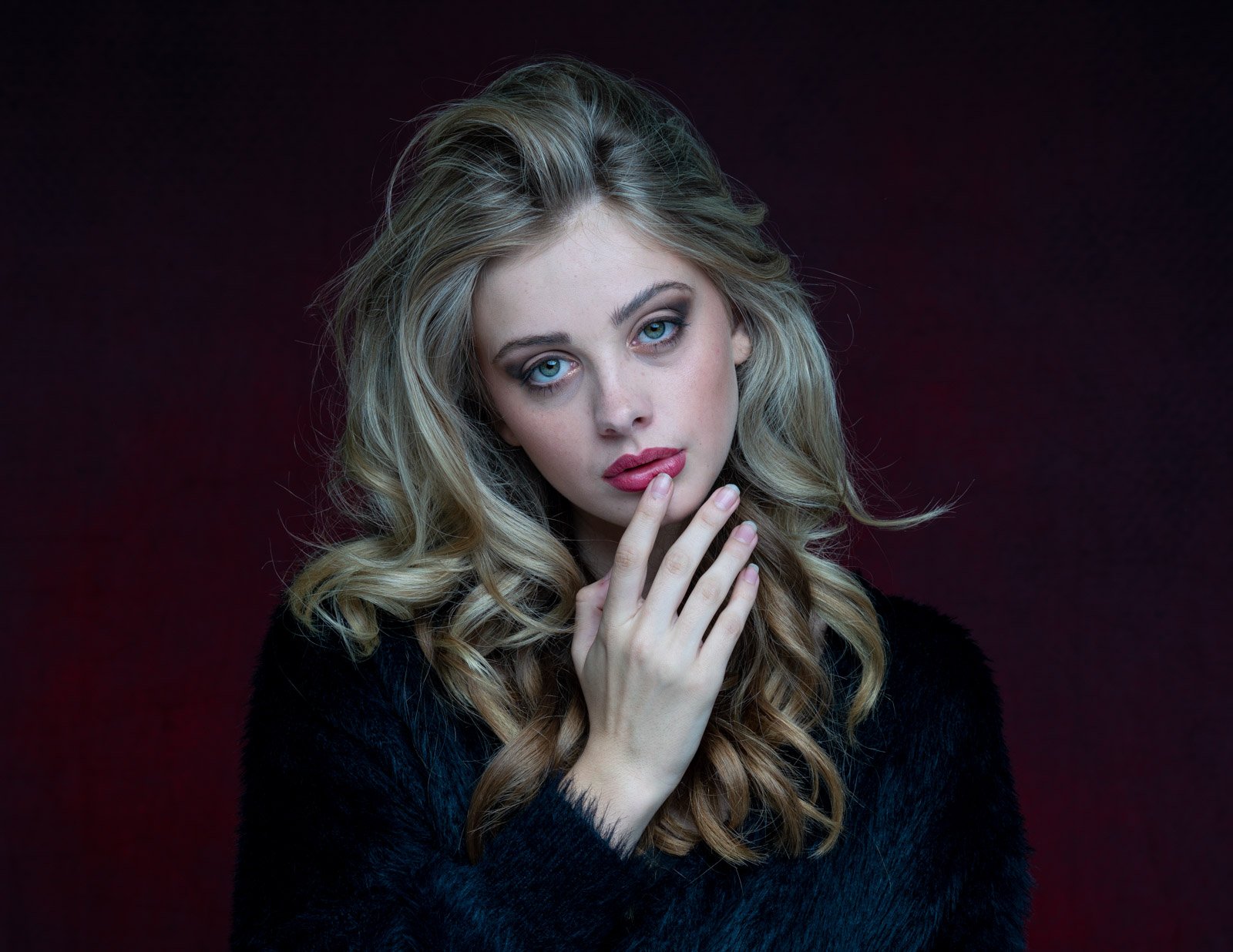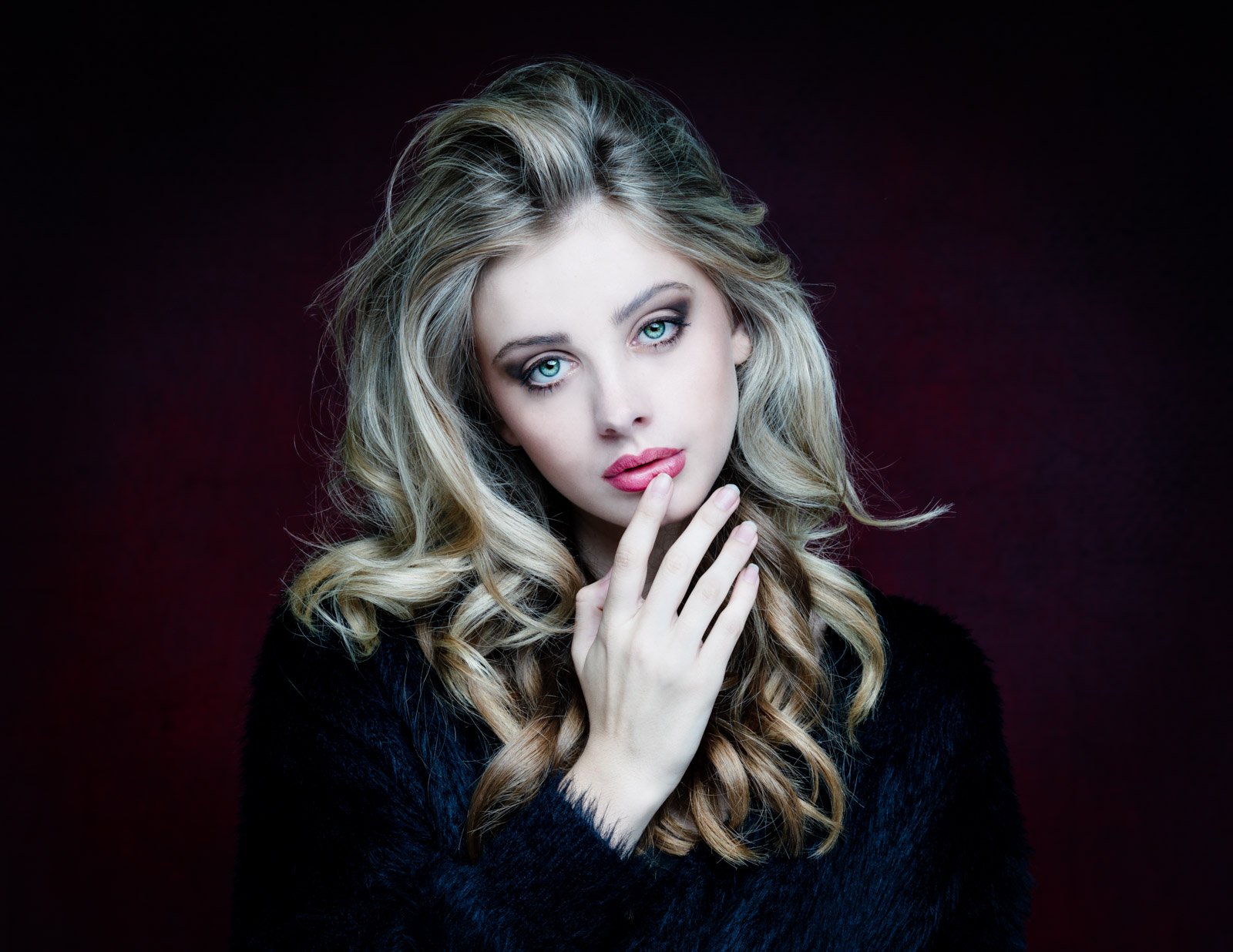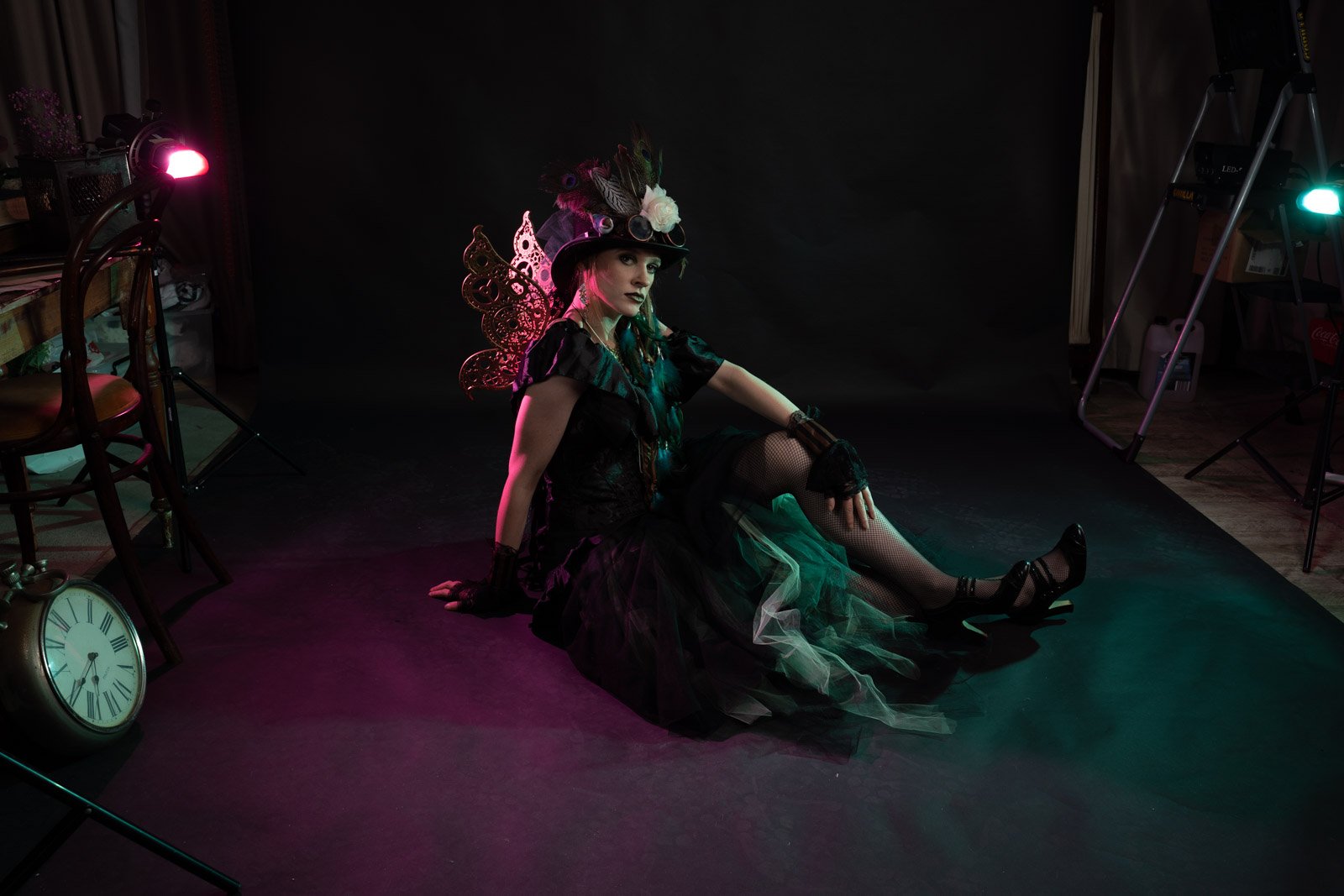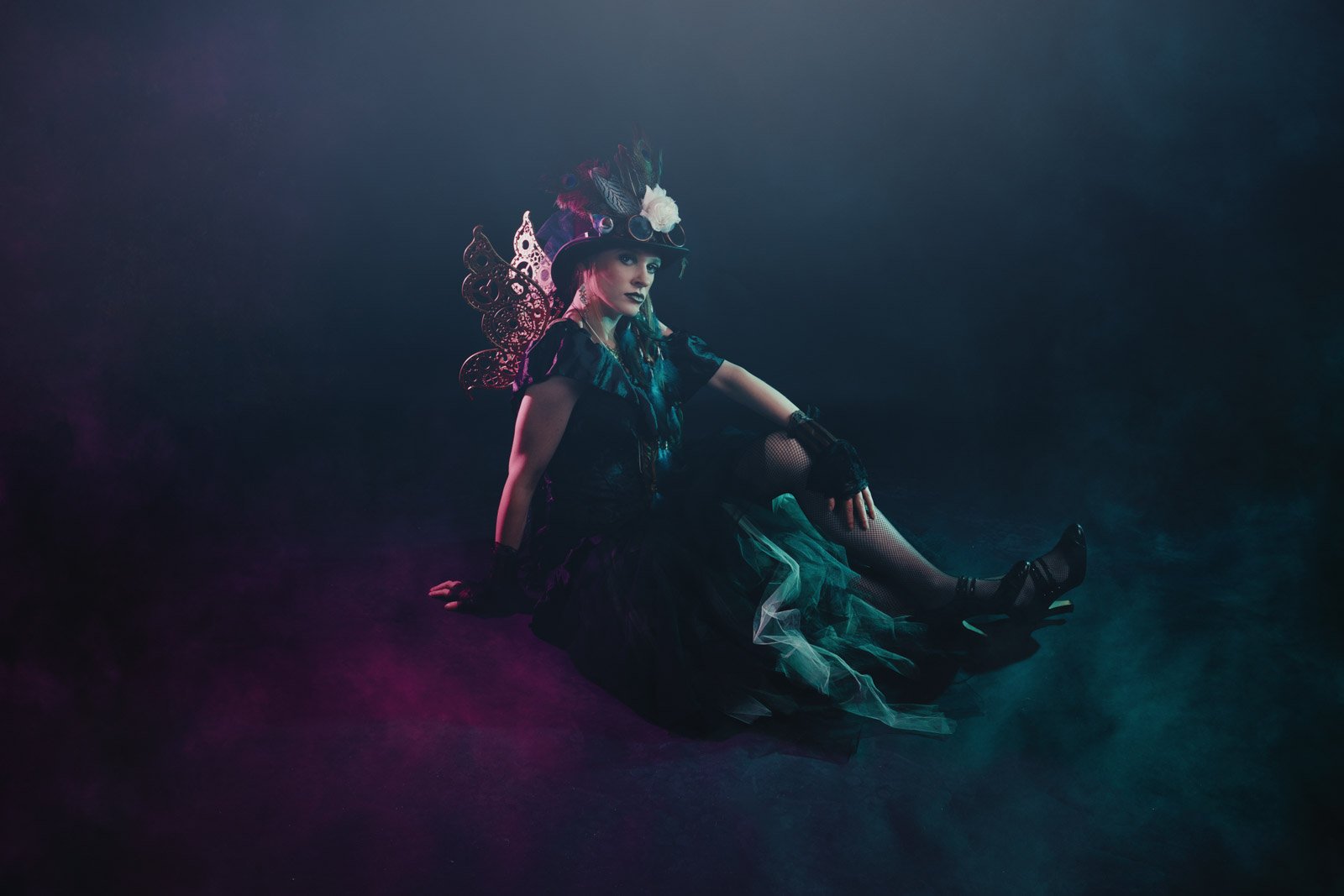The art of photo retouching: Advocating for portrait editing
In the era of visual culture where images dominate our daily lives, the art of photo retouching plays a significant role in shaping our perception of beauty and aesthetics. With the advancement of technology, retouching techniques have become more sophisticated. This allows photographers and editors to create stunning visuals that captivate and inspire. There are varying opinions on the subject, from no retouching at all, to so-called ‘overcooked’ to look fake. However, I personally feel that there is a happy medium to achieve natural and realistic magazine-style retouched photos. For anyone and everyone. But maybe that’s just my opinion.
Unleashing creativity and artistic expression
Magazine-style retouching empowers photographers and artists to fully unleash their creativity and express their vision. Through the process of retouching, they can transform ordinary photographs into extraordinary masterpieces where every detail is perfected. By meticulously adjusting lighting, colour balance and composition, magazine-style editing adds depth and richness to images.
Enhancing the overall impact and creating a powerful visual narrative. It can be removing unwanted elements in a photo that can be distracting, or removing blemishes and correcting wrinkles in clothes. This level of creative control allows photographers to push the boundaries of their artistry and deliver captivating stories to their audiences. But I believe there needs to be a balance.
Highlighting the essence of the subject
Retouching, when done to a high standard, goes beyond simply correcting imperfections. It aims to highlight the essence of the subject and bring out their best features while still retaining their natural beauty. Magazine-style editing is not about distorting reality; it’s about accentuating the strengths and unique qualities of the subject.
By selectively enhancing certain aspects of an image, such as emphasizing the eyes or bringing out the texture of the skin, retouching can draw attention to the subject’s inherent beauty and create a compelling visual experience.
Keep it natural and enhance what’s there
Boosting self-confidence and empowering individuals
Critics often argue that magazine-style retouching perpetuates unrealistic beauty standards, leading to negative body image issues. In some cases, this is true. However, proponents of this style believe that it can also have a positive impact by boosting self-confidence and empowering individuals. When individuals see themselves in a beautifully retouched photograph, it can inspire them to embrace their own unique beauty.
Realistic retouching has the potential to instil a sense of pride and self-assurance in people, encouraging them to see themselves as they are and celebrate their individuality. It is not about making people look thinner, younger or completely unrealistic or even plastic.
Professionalism and industry standards
In the world of fashion, beauty, and editorial photography, magazine-style retouching has become an industry standard. Publications and brands have specific visual aesthetics that they aim to achieve, and retouching is an integral part of achieving those standards. By employing these retouching techniques, professionals can maintain consistency and coherence in their work, ensuring that their images align with the visual identity of their brand or publication.
This level of professionalism is crucial in meeting client expectations and delivering high-quality content. I believe that there can be a balance between retouching and the integrity of the images and the photographers’ vision.
Preserving the intention of the photographer
Photography is an art form that allows photographers to capture a moment in time and convey their emotions and messages through visuals. Retouching, when used judiciously, can help preserve the original intention of the photographer. It enables photographers to refine their images and translate their creative vision into reality.
By enhancing the elements that were difficult to capture during the shooting process, retouching ensures that the final result aligns with the photographer’s original concept and effectively communicates their artistic vision to the audience.
Inspiring natural beauty
Magazine-style retouching often aims to create beauty. While critics argue that it promotes unattainable standards, supporters argue that it can actually provide an opportunity for individuals to be their best selves. Removing subtle imperfections like acne, bruises or dark circles and highlighting their best features actually show them in their best light. It can boost self-confidence even when not used in magazines.
These days, having well-taken personal branding images for social media and even business is becoming the norm.
Retouching is a personal preference
In the realm of photo retouching, differing opinions exist, each with its own merits and drawbacks. While critics raise concerns about the potential perpetuation of unrealistic beauty standards, magazine-style retouching, when employed responsibly, can be a powerful tool for creativity, self-expression, and empowerment.
By highlighting the essence of the subject, boosting self-confidence, preserving the photographer’s intention, and inspiring natural beauty. This style of editing enables photographers and artists to create captivating visuals that leave a lasting impact.
Ultimately, the art of photo retouching should be viewed as a means of artistic expression that pushes the boundaries of creativity and celebrates the natural beauty in our diverse world. There needs to be a balance, as opposed to unrealistic beauty goals often seen in the industry. Granted not everyone agrees, but I guess there’s room for all sides.
Check out these Photofocus articles on portrait retouching:
Want to learn a little more about Portrait Retouching? You can always check out my self-paced online class.










